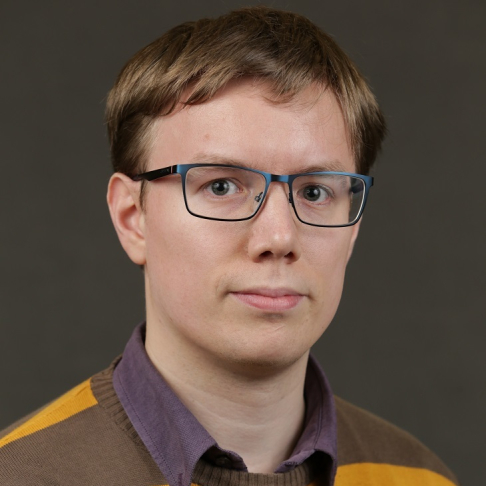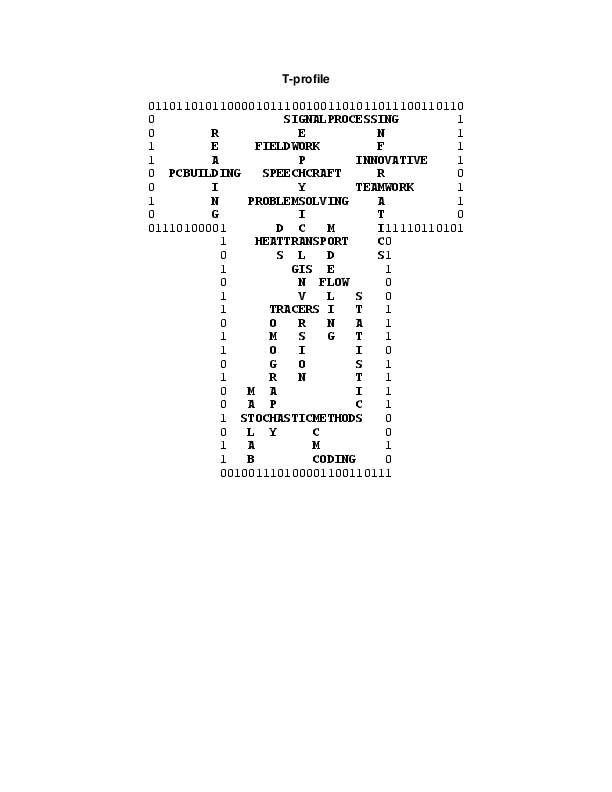
Márk Somogyvári
(Postdoc)
University Potsdam
Helmholtz Centre Potsdam
GFZ German Research Centre for Geosciences
Starting date: 1st October 2017
T-Profile (view)
What is a T-Profile?
Looking outside of one's own (academic) box is part of the program of the Geo.X Young Academy: Since innovative solutions to complex problems require several disciplines, it is beneficial for problem solvers to speak different "languages" to ease understanding and allow for varying points of view. In order to attain better insight not only into your professional experience and academic knowledge, but also your interfacing expertise, interdisciplinary skills and projects. The vertical bar must be filled with relevant information about your academic studies. In the horizontal bar, you can map competencies and activities that transcend or do not relate directly to your field of study.
Partners: Prof. Sebastian Reich (UP), Prof. Dr. Michael Kühn (GFZ)
Project: Exploring the potential of transdimensional inversion in hydrogeology
Classic inversion methods adjust a pre-defined number of parameters to the observed data. In many scenarios, especially interpreting data from imaging methods such as tomography, the parametrization of the inverse model is unknown and thereby biased. By keeping the number of parameters flexible, transdimensional inversion methods eliminate constrains from the initial parametrization and can give more realistic results about the investigated parameter distribution.
My research focuses on the development of transdimensional inversion algorithms such as the reversible-jump Markov Chain Monte Carlo method, with the objective to make them more applicable for practical use. This includes the optimization of existing algorithms and the development of new, more effective methods as well. I will also address the problems of producing a transdimensional stochastic result, and the possibilities of using it for risk assessment and uncertainty quantification.
Specifically, I am interested in fractured aquifers, described by discrete fracture models, where the number of inverse parameters are defined by the number of fractures in the model. We will present the practical benefits of the method on the examples of geothermal and transport problems in hard rock aquifers.


